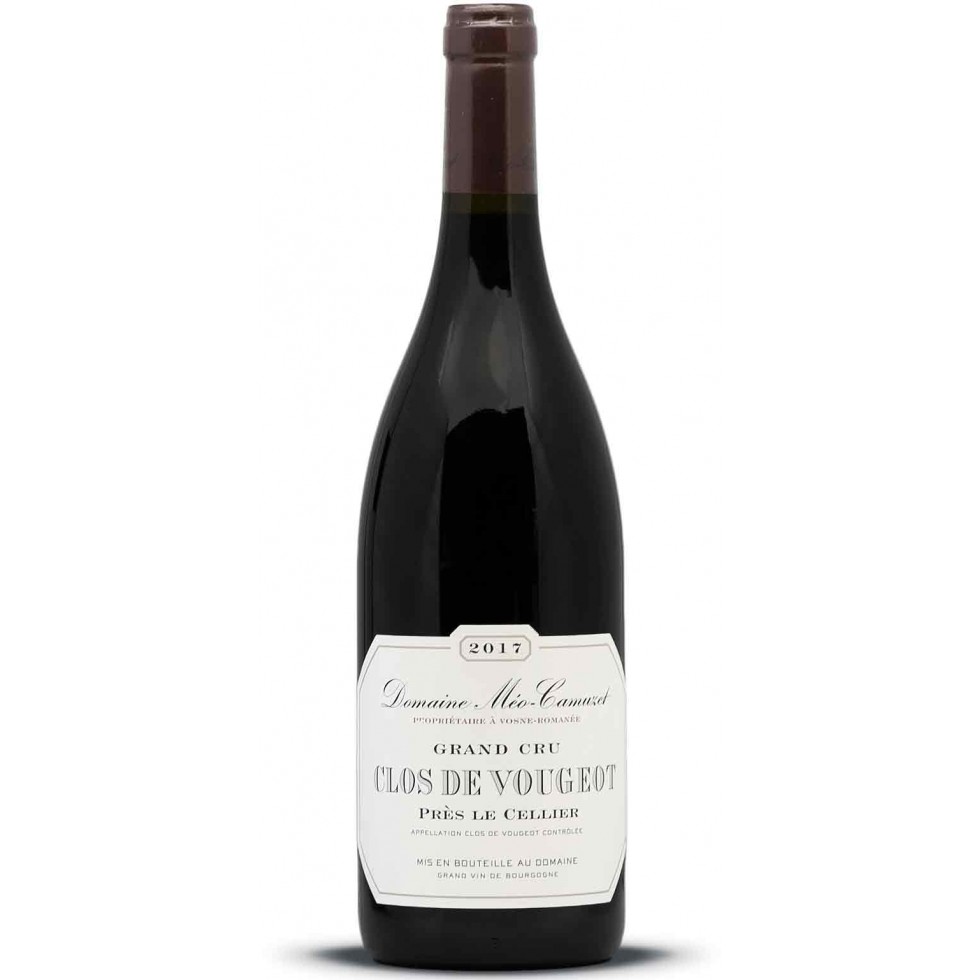appellation
Clos de Vougeot
Wine Characteristics
“Here’s presence!” exclaims Hugh Johnson’s Wine Guide. Nowadays the vineyard is divided among numerous owners and for this reason no single description can be applied to the reds wines.
There are, however, common features: very intense colour ranging from strawberry red to deep garnet; a suave bouquet, redolent of springtime of blown roses at dawn, of violets in the morning dew, of moist mignonette... Add to these blackberries, raspberry, wild mint, liquorice and truffle... On the palate, the taste is masterful, rich, succulent and mellow, combining elegance and delicacy with meaty fullness. A long finish in the mouth and long aging potential (anything from 10 to 30 years and sometimes even more).
Wine Steward’s Tip
Red: this mouth-filling and noble wine demands to be matched with food that is equally as rich, smooth, opulent, and complex. The emphasis therefore will normally be on musky and marbled meats: forerib of beef, braised lamb, roast veal with mushrooms or a nice game-bird (in sauce or simply roasted). The meat must not be too firm, thus allowing the tannins of the Clos de Vougeot to envelop it without being over-dominant.
Cheeses: preferably soft-centred cheeses such as Époisses, Langres,
Soumaintrain, Saint-Florentin, and not forgetting Cîteaux, whose monks first established this famous vineyard.
Serving temperatures: 12 to 13°C for young wines,15 to 16°C for older wines.
Situation
The Clos de Vougeot in the heart of the Côte de Nuits occupies most of the vineyard area belonging to the commune of Vougeot. Vougeot’s neighbours are Chambolle-Musigny, Flagey-Échezeaux and Vosne-Romanée. On the slopes at the upper end of the Clos, it abuts on the vineyards of Musigny and GrandsÉchezeaux. Founded around 1110 AD by the monks of nearby Cîteaux, who remained its owners until the French Revolution (1789), the Clos de Vougeot is a Burgundian icon. Its 50.59 ha. have never been broken up and it retains its identity intact within the walls which were built to enclose it 5 centuries ago. Its wines are among the finest of the Grands Crus reds and it has held Grand Cru status since 31 July 1937. The château, (which adjoins the cellars and the winery with its giant presses dating back to the 12th and 14th centuries), is built in the Burgundian Renaissance style and is open to visitors. The Confrérie des Chevaliers du Tastevin holds its meetings or “chapters” here and therefore it is no surprise that the finest food and wine in France is found here.
Terroirs
The diversity of soils within the Clos de Vougeot makes up a sort of needle-point tapestry. At about 255 metres above sea-level, its upper end is gently sloping, with soil only some 40 cm deep, coarse-grained and gravelly over a limestone base. In the centre, at about 250 metres of altitude, the soil is still shallow (45 cm), brown, more clayey, overlying broken limestone. The lower portion (around 240 metres) has a brown soil which is deeper (90 cm) and lies on a layer of marl, rich in clay and alluvium. The rocks belong to the Jurassic period (175 million years BC).
Source : https://www.bourgogne-wines.com



